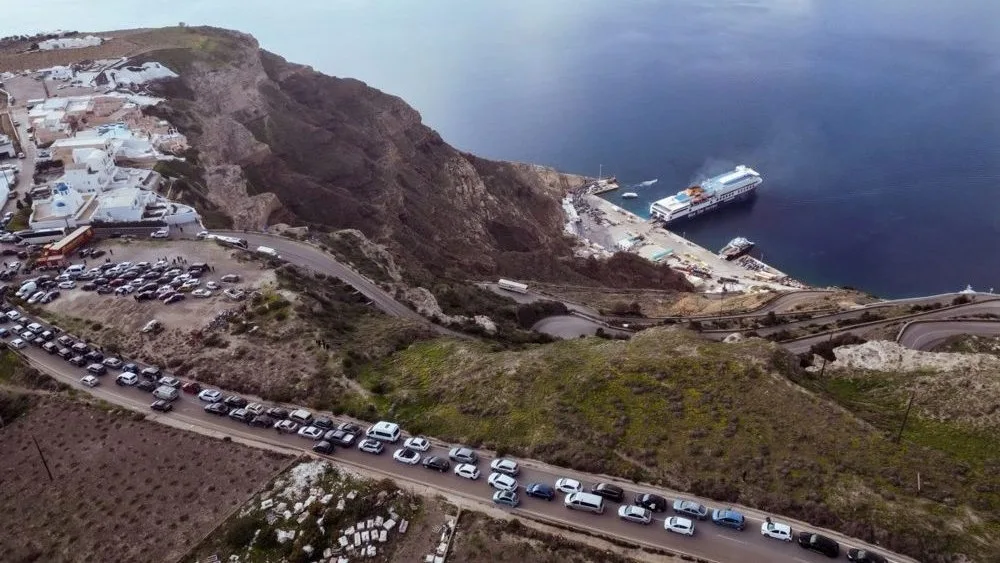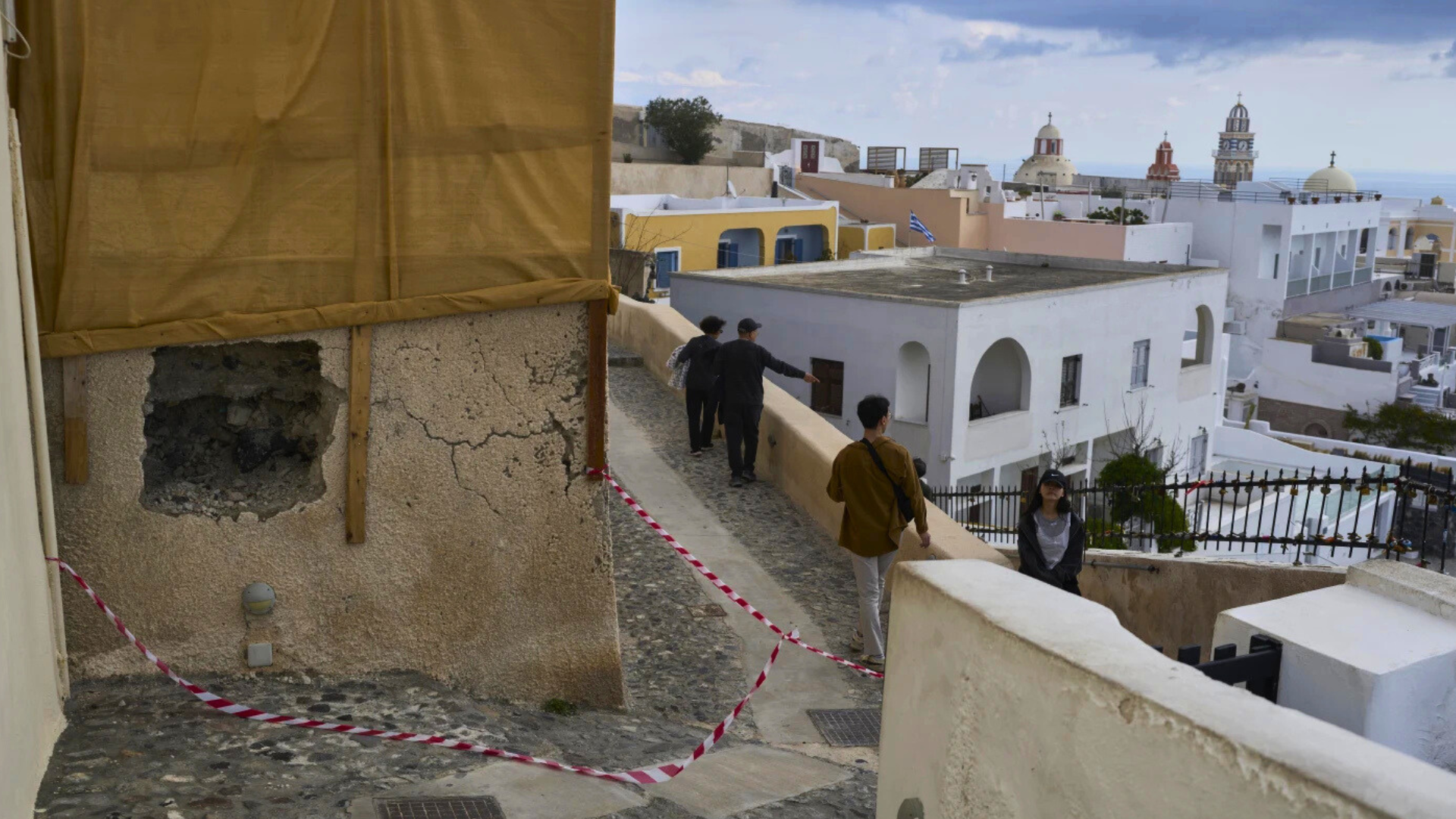Greek scientists monitoring the earthquake swarm near Santorini have reported a “gradual decline” in seismic activity, nearly a month after the phenomenon began.
According to the University of Athens’ Interdisciplinary Committee for Risk and Crisis Management, the number and magnitude of daily tremors have decreased, with no new micro-seismic surges recorded since February 15.
Since the tremors began on January 26, over 20,000 earthquakes of magnitude 1 or higher have been recorded, with the strongest reaching magnitude 5.3.

The quakes, attributed to natural tectonic shifts and magma movements beneath the seabed, caused only minor damage but led thousands to evacuate Santorini and nearby islands, including Ios, Amorgos, and Anafi.
Despite signs of improvement, schools remain closed on all four islands for a fourth consecutive week, and restrictions are still in place. However, Santorini Mayor Nikos Zorzos reported that several thousand people had returned to the island since late last week.
The situation remains under close observation, but scientists remain optimistic that seismic activity is stabilising, easing concerns for residents and businesses on the iconic Aegean island.
Source: AP News
